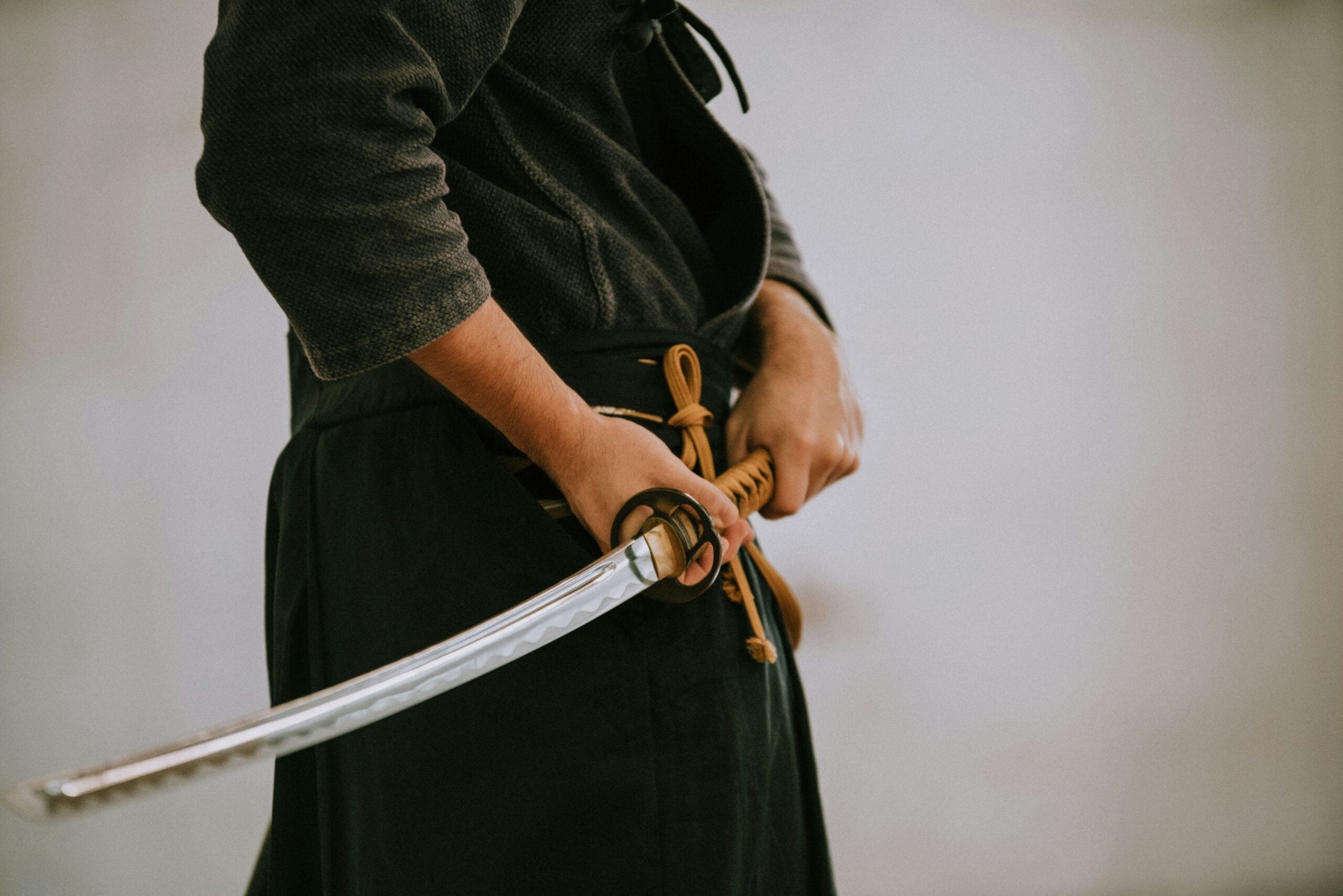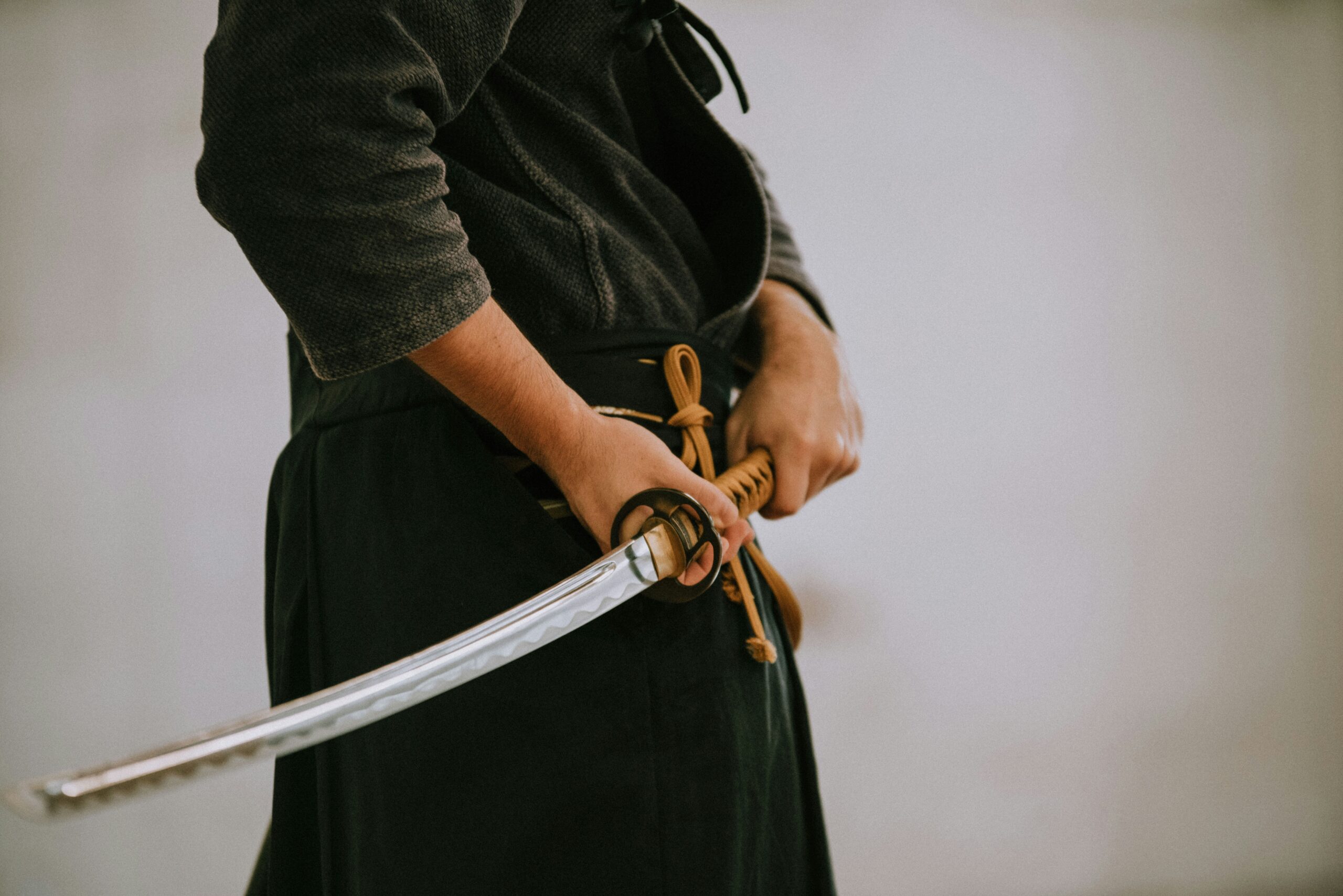Explore the complexities of sword fighting: historical contexts, techniques, physical demands, mental aspects, and training requirements across various cultural traditions.
Sword fighting, an ancient martial art that has long been practiced across the globe, may appear glamorous and noble; however, the reality is far different: Sword fighting is one of the most physically intensive forms of fighting that take a lot of focus and practice to master.

This blog covers all aspects of sword fighting to an effort to understand how complex it actually is but also to find out if it really is that simple like people depict.
1. Historical and Cultural Context
Historical Techniques and Schools
Sword fighting is quite a vast field; techniques as well as the schools of fencing have developed differently in different cultures. European fencing, Japanese Kendo and Chinese Jian are all different styles of how the sword fighting arts are conducted.
European Fencing: European fencing has evolved from a martial art practice to a sport starting from the renaissance period. Additional schools such as the Italian and French styles appeared to emphasize sharpness, swiftness, and skill – such as the manuals written by renowned masters Salvator Fabris and Ridolfo Capo Ferro that described rapier usage as well as the formation of the fencing theory.
Japanese Kendo: Derived from feudal Japan and its samurai culture, Kendo is the contemporary sport of Japanese swordsmanship. Kendo Kata consist of strikes, thrusts, and parries using a bamboo sword (shinai) as well as protective gear (bogu).
Chinese Jian Swordsmanship: The straight sword also known as Jian, is the primary weapon used in the Chinese system of sword fight and it is considered to be flexible, swift and elegant in movements. Wudang and Shaolin are some of the schools that have continued to practice traditional techniques while at the same time incorporating the use of the sword in other martial arts forms.
Sword Fighting Over Time
For centuries techniques of fighting with a sword and types of the weapon have changed significantly. Swords were initially developed for chopping and cutting, which needed considerable force to wield; down the evolutionary process, swords became light and elegant enabling more elaborate moves.
Medieval to Renaissance Europe: Transitioned from heavy broadswords and longswords to lighter rapiers and smallswords, which allowed for the development of thrusting techniques as well as more agile footwork.
Feudal to Modern Japan: Shifted from battlefield katana use that required powerful cuts to kendo’s focus on speed and precision in controlled environments.
Cultural Significance
Sword fighting was not only a method of dealing with an opponent in many cultural societies; it was also an essential component of culture.
Europe: Fencing is linked to the knight code in medieval Europe and the samurai Bushido code in medieval Japan.
Japan: In this case swordsmanship cannot be separate from Bushido as it was the core of what defined honor, discipline and spirit of the warriors.
China: Fencing, in particular, was connected to the idea of Chinese scholar-warrior or a man of letters who is also a warrior.
2. Technical Aspects
Types of Swords
Rapier: A narrow, keen edged weapon which was mainly employed for stabbing. It enables fast and smooth motion control that would incorporate speed and accuracy in executing the movement.
Longsword: A type of knife consisting of two sharp edges that is employed by fighters who need power and agility to deploy this weapon. Often delivered with two-handed stances in order to make powerful impacts.
Katana: A single-edged curved sword known for its cutting ability. Katana techniques emphasize drawing and striking in a single motion (Iaido) as well as smooth and continuous movements for maximum effectiveness.
Basic Techniques
Thrusting: Direct and linear attacks designed to penetrate an opponent’s guard. A key aspect of both rapier and modern fencing.
Parrying: Parrying motions used to guard against an opponent’s attack, very crucial in most fencing styles to ensure the fighter is safe from a possible attack by the opponent.
Cutting: Swinging movements that must be both one handed and two handed. Slicing methods are important when the longswords and katanas are used for fighting purposes
Advanced Techniques
Mastery of advanced maneuvers requires an in-depth knowledge of timing, distance and body mechanics.
Feints: Deceptive moves that attempt to deceive an opponent about your intended attack direction.
Ripostes: Counterattacks launched immediately following a successful parry.
Disarms: Techniques designed to disarm or take away an opponent’s weapon (common in historical European martial arts; HEMA).
Equipment
Protective gear plays an integral role in training and combat.
Masks and Helmets: provide head protection during both kendo and fencing practices.
Padding and Armor: provide body armor protection that allows full contact practices of kendo as well as historical reenactments.
Training Swords: In jarring, wooden or blunted metal swords decrease the likelihood of injury while retaining the weight and maneuverability of a weapon, thus making it the best training swords.
3. Physical Requirements
Strength and Conditioning
With the swords it is necessary to spend a lot of strength in order to make the movements during the duel.
Strength: needed for swinging the heavier swords and delivering heavy blows as well.
Conditioning: Enables individuals to sustain correct body position and balance during bouts that may take a long time.
Balance and Dexterity for Efficient Sword Duel
Coordination: Increasing the accuracy of an offense and defense, getting used to respond to opposition’s actions as fast as possible with an accurate offense or defense.
Agility: Allowing rapid changes of direction while exploiting opportunities within an opponent’s defenses.
Endurance
Enhance performance over extended engagements by building endurance.
Stamina: Maintain high levels of activity without tiring out quickly, without suffering fatigue.
Recovery: The ability to quickly recover between bouts or exchanges is essential in maintaining effectiveness over time.
4. Psychological and Strategic Elements
Mental Focus
Endurance and focus are core values while practicing sword fight.
Focus: Crucial in performing techniques efficiently with immediate actions to counter opponent’s movements.
Discipline: Enables people to keep control and not deviate from the format of the play or become too nervous throughout the performance
Strategic Thinking
Anticipation: Anticipating opponents’ moves allows for preemptive strikes and counterattacks to preemptively defend against possible danger.
Planning: Deliberately devising plans designed to exploit weaknesses and create opportunities. The combination creates stress- and pressure-free battles.
Manage Stress
In combat situations, managing stress is of critical importance.
Calmness: Maintaining an unruffled state helps make clear decisions and execute techniques under pressure more easily.
Resilience: Staying composed despite intense encounters.
5. Training and Learning Curve
Learning Process
The learning process may vary for every soldier depending on his training regime and/or learning curve.
From novice to expert levels in sword fighting requires systematic training.
Fundamentals: Novices start with simple skills and then compound on them until they establish a foundation for improvement.
Intermediate Skills: Develops technical skills and knowledge of tactical requirements.
Advanced Mastery: On purpose developing skills, nurturing personalities and implementing multifaceted approaches.
Instructor Role
Skilled instructors are essential for effective training.
Guidance: Provide critical feedback and instruction aimed at breaking bad habits among their pupils.
Mentorship: Provide motivation and support while nurturing both skill development and character growth.
Conclusion
Sword fighting may appear simple at first glance; however, it requires physical strength, mental agility, dedication to practice, and a lot of dedication from everyone involved if it is going to become truly proficient.


